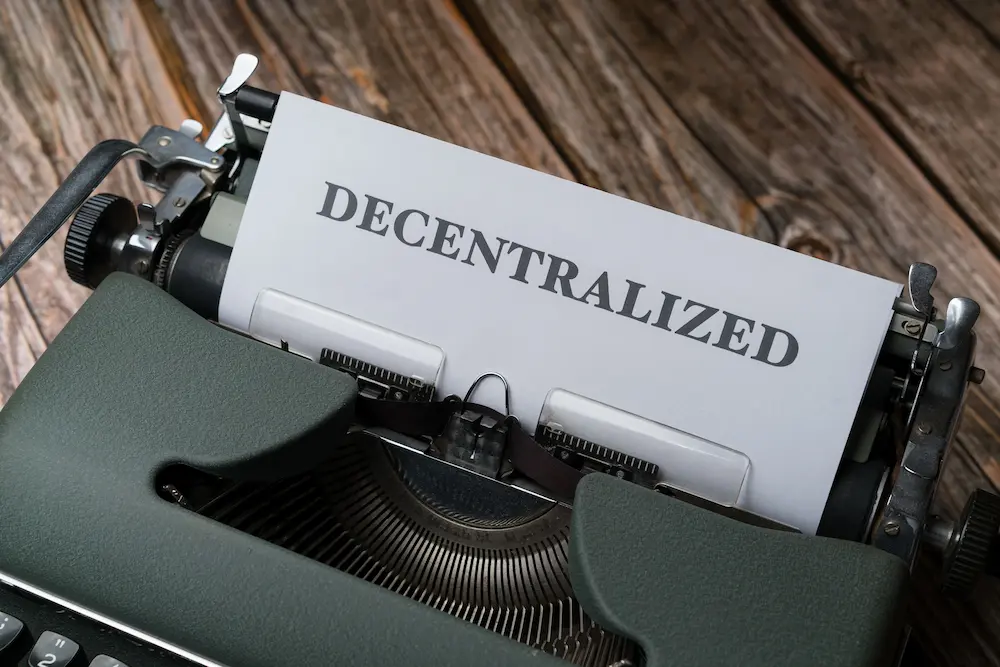
Centralized Finance (CeFi)
Let’s first comprehend what Centralized Finance (CeFi) is and how it differs from Decentralized Finance (Defi) in order to comprehend Decentralized Finance (Defi) (DeFi). We currently have a financial system known as “centralized finance,” where every aspect of money in banking, lending, and trading is managed and operated by government bodies and gatekeepers, also known as “middlemen” or third parties like banks, lenders, and exchanges. These middlemen make money off of each financial and banking transaction, and consumers are unable to avoid them. For instance, when you swipe a credit card to make a purchase, there is a cost associated with the transaction. The charge is sent from the merchant to an acquiring bank, which then sends the card information to the credit card network. The network authorizes the charge and asks your bank to make a payment. Your bank authorizes the charge and relays the authorization to the network and back to the merchant through the acquiring bank. Merchants are required to pay for your ability to use credit and debit cards, and each party in the chain transaction is compensated for its services. additional to credit and debit cards To obtain credit for anything from auto loans and mortgages to trading stocks and bonds, customers must deal with and pay financial middlemen. The Securities and Exchange Commission (SEC) and the Federal Reserve determine the rules and regulations for the world of centralized financial institutions and brokerages in the United States, and Congress often amends these rules.
Decentralized Finance – DeFi
By disarming middlemen and gatekeepers and enabling individuals, businesses, and organizations to conduct financial transactions through peer-to-peer (P2P) financial networks that use security protocols, connectivity, and technological advancements, decentralized finance uses emerging technology to eliminate centralized models. By employing software that logs and validates financial behavior in a financial database, which is a collection and aggregation of data from all users, it allows anyone to access financial services like lending, trading, and borrowing from anywhere there is an internet connection. Decentralized Finance (DeFi) provides users autonomy over their funds by removing the need for intermediaries and reducing transaction costs.
Blockchain technology, which is also employed by cryptocurrencies, is used by decentralized systems. In a typical checking account, the transactions are kept in a private ledger that is kept by a large financial organization and contains the history of all banking activities. A blockchain is a distributed, decentralized database or ledger that is safe and that records every transaction in encrypted form. It functions like a checkbook that is spread out among many computers all around the world. A “chain” of prior transactions is used to connect the “blocks” in which transactions are recorded. DeFi is used in peer-to-peer (P2P) financial transactions. When a borrower enters their loan requirements in the Defi finance application, an algorithm matches them with peers who can provide the funds. Once the borrower accepts the lender’s terms, the loan is received and this transaction is recorded in the blockchain. The loan is then verified in the distributed data ledger, and after that, the loan is approved. All subsequent payments are also recorded in the same manner in the blockchain.
DeFi’s role in Financial Inclusion
According to the most recent estimate by Emergen Research, the market size for Decentralized Finance (DeFi) systems worldwide is anticipated to reach USD 507.92 billion. Yahoo Finance reports that as of February 2022, DeFi markets are still expanding quickly despite the turbulence in the cryptocurrency markets. In February 2021, the market was worth 72 billion dollars. It expanded quickly and reached 170 billion dollars in November. As of February 23, it had crossed the 106 billion mark, and its increase over the previous year was 47%. Defi might be a useful tool to help the unbanked and underbanked around the world. Decentralized Finance (DeFi) companies are still developing and haven’t yet demonstrated that they can provide long-term solutions for lending to unbanked and underserved customers. Defi has a lot of potential in the area of credit. Banks have historically charged hefty fees, excluded people with bad credit, and demanded owned property as collateral. Cryptocurrencies can be used as collateral by defi lenders to grant credit to customers, eliminating the need for the traditional banking middleman and transferring profits or yields directly to savers. As the financial markets develop, this is a potential future possibility. Using the Defi model for credit purposes carries a substantial risk because of how unstable and volatile the cryptocurrency market is. The Defi model is now targeted towards crypto aficionados, but it still needs to grow around new capital areas, data sources, collateral types, and underwriting procedures in order to better serve the unbanked a
 Raj Mehta – Financial Education Instructor
Raj Mehta – Financial Education Instructor

